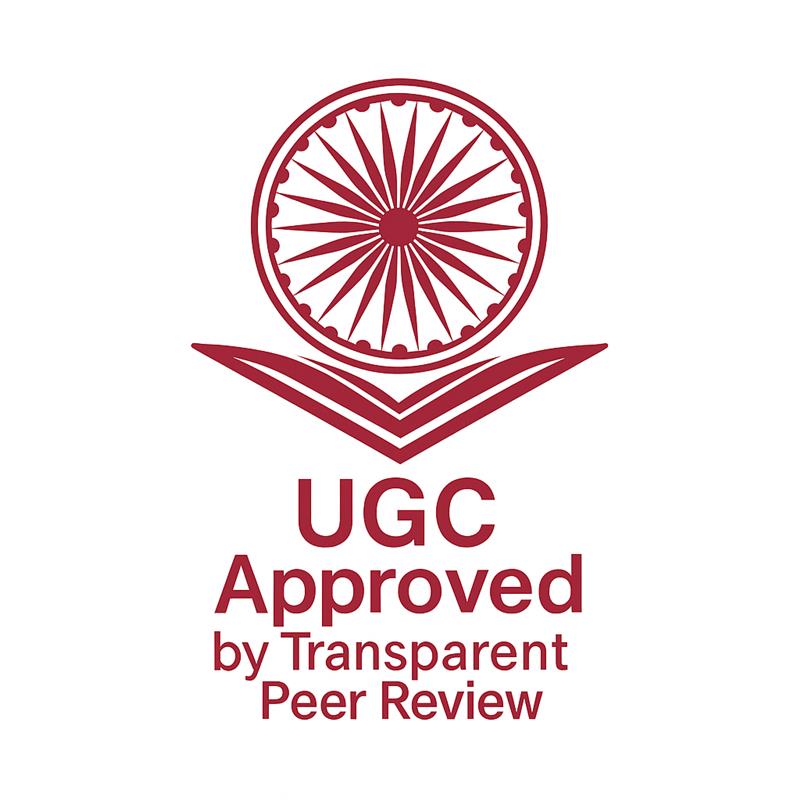Paper Title
EXTRACTION OF DNA FROM SOIL USING NANOPARTICLES BY MAGNETIC BIO-SEPARATION
Article Identifiers
Authors
Keywords
DNA, magnetic bio-separation, metagenome, PCR amplification, rapid techniques, soil, superparamagnetic silica magnetite nanoparticles, restriction endonuclease digestion, SoilMaster DNA extraction kit.
Abstract
DNA extraction from soil is an emerging technology to understand the microbial diversity of an environment or an effective tool to study environmental microbiology. Soil DNA extraction using standard methods results in low quality and poor yield, making it unsuitable for polymerase chain reaction (PCR) analysis. Two strategies have been developed to improve DNA recovery regarding yield, purity and unbiased representation of microbial diversity. The first approach consists of directly extracting nucleic acids from soil through in situ cell lysis followed by DNA purification. The alternative approach is based on the separation of bacteria from the soil particles followed by cell lysis and then DNA purification. The protocol relies on the use of superparamagnetic silica magnetite nanoparticles for the isolation and purification of DNA from soil samples. DNA suitable for use in molecular biology applications was obtained from several soil samples. This article presents the methodologies relies on the isolation and purification of DNA from soil samples by using nanoparticles, to develop a rapid, simple and inexpensive protocol. The main contribution of this work lies on the DNA isolation from soil samples based on purity, yield, PCR suitability and restriction digestion. This study suggests that the methodology or protocol described in this report is cost-effective, less time consuming, rapid, high-yielding and good-quality DNA from soil. The DNA extracted using the tested method successfully permitted the PCR amplification of a fragment of the bacterial 16S rDNA gene. The extracted DNA could also be restriction endonuclease digested. The protocol reported here is simple and permits rapid isolation of PCR-ready soil DNA. The method requires only small quantities of soil samples, and is scalable and suitable for automation.
Downloads
How To Cite (APA)
ANJANA A PILLAI & SURYA S KRISHNAN (June-2024). EXTRACTION OF DNA FROM SOIL USING NANOPARTICLES BY MAGNETIC BIO-SEPARATION. INTERNATIONAL JOURNAL OF NOVEL RESEARCH AND DEVELOPMENT, 9(6), e377-e389. https://ijnrd.org/papers/IJNRD2406435.pdf
Issue
Volume 9 Issue 6, June-2024
Pages : e377-e389
Other Publication Details
Paper Reg. ID: IJNRD_224229
Published Paper Id: IJNRD2406435
Downloads: 000122259
Research Area: Biological Science
Author Type: Indian Author
Country: thiruvananthapuram, Kerala, India
Published Paper PDF: https://ijnrd.org/papers/IJNRD2406435.pdf
Published Paper URL: https://ijnrd.org/viewpaperforall?paper=IJNRD2406435
About Publisher
Journal Name: INTERNATIONAL JOURNAL OF NOVEL RESEARCH AND DEVELOPMENT(IJNRD)
UGC CARE JOURNAL PUBLICATION | ISSN: 2456-4184 | IMPACT FACTOR: 8.76 Calculated By Google Scholar | ESTD YEAR: 2016
An International Scholarly Open Access Journal, Peer-Reviewed, Refereed Journal Impact Factor 8.76 Calculate by Google Scholar and Semantic Scholar | AI-Powered Research Tool, Multidisciplinary, Monthly, Multilanguage Journal Indexing in All Major Database & Metadata, Citation Generator
Publisher: IJNRD (IJ Publication) Janvi Wave | IJNRD.ORG | IJNRD.COM | IJPUB.ORG
Copyright & License
© 2025 — Authors hold the copyright of this article. This work is licensed under a Creative Commons Attribution 4.0 International License. and The Open Definition.
You are free to share, adapt, and redistribute the material, provided proper credit is given to the original author. 🛡️ Disclaimer: The content, data, and findings in this article are based on the authors’ research and have been peer-reviewed for academic purposes only. Readers are advised to verify all information before practical or commercial use. The journal and its editorial board are not liable for any errors, losses, or consequences arising from its use.

Publication Timeline
Article Preview: View Full Paper
Call For Paper
IJNRD is a Scholarly Open Access, Peer-Reviewed, Refereed, and UGC CARE Journal Publication with a High Impact Factor of 8.76 (calculated by Google Scholar & Semantic Scholar | AI-Powered Research Tool). It is a Multidisciplinary, Monthly, Low-Cost, and Transparent Peer Review Journal Publication that adheres to the UGC CARE 2025 Peer-Reviewed Journal Policy and aligns with Scopus Journal Publication standards to ensure the highest level of research quality and credibility.
IJNRD offers comprehensive Journal Publication Services including indexing in all major databases and metadata repositories, Digital Object Identifier (Crossref DOI) assignment for each published article with additional fees, citation generation tools, and full Open Access visibility to enhance global research reach and citation impact.
The INTERNATIONAL JOURNAL OF NOVEL RESEARCH AND DEVELOPMENT (IJNRD) aims to advance applied, theoretical, and experimental research across diverse academic and professional fields. The journal promotes global knowledge exchange among researchers, developers, academicians, engineers, and practitioners, serving as a trusted platform for innovative, peer-reviewed journal publication and scientific collaboration.
Indexing Coverage: Google Scholar, SSRN, ResearcherID-Publons, Semantic Scholar (AI-Powered Research Tool), Microsoft Academic, Academia.edu, arXiv.org, ResearchGate, CiteSeerX, ResearcherID (Thomson Reuters), Mendeley, DocStoc, ISSUU, Scribd, and many other recognized academic repositories.
How to submit the paper?
By Our website
Click Here to Submit Paper Online
You can now publish your research in IJNRD. IJNRD is a Transparent Peer-Reviewed Open Access Journal Publication (Refereed Journal), aligning with New UGC and UGC CARE recommendations.
For more details, refer to the official notice: UGC Public Notice
Submit Paper Online
Important Dates for Current issue
Paper Submission Open For: December 2025
Current Issue: Volume 10 | Issue 12 | December 2025
Impact Factor: 8.76
Last Date for Paper Submission: Till 31-Dec-2025
Notification of Review Result: Within 1-2 Days after Submitting paper.
Publication of Paper: Within 01-02 Days after Submititng documents.
Frequency: Monthly (12 issue Annually).
Journal Type: IJNRD is an International Peer-reviewed, Refereed, and Open Access Journal with Transparent Peer Review as per the new UGC CARE 2025 guidelines, offering low-cost multidisciplinary publication with Crossref DOI and global indexing.
Subject Category: Research Area
Call for Paper: More Details
Approval, Licenses and Indexing: More Details

 :
: 




